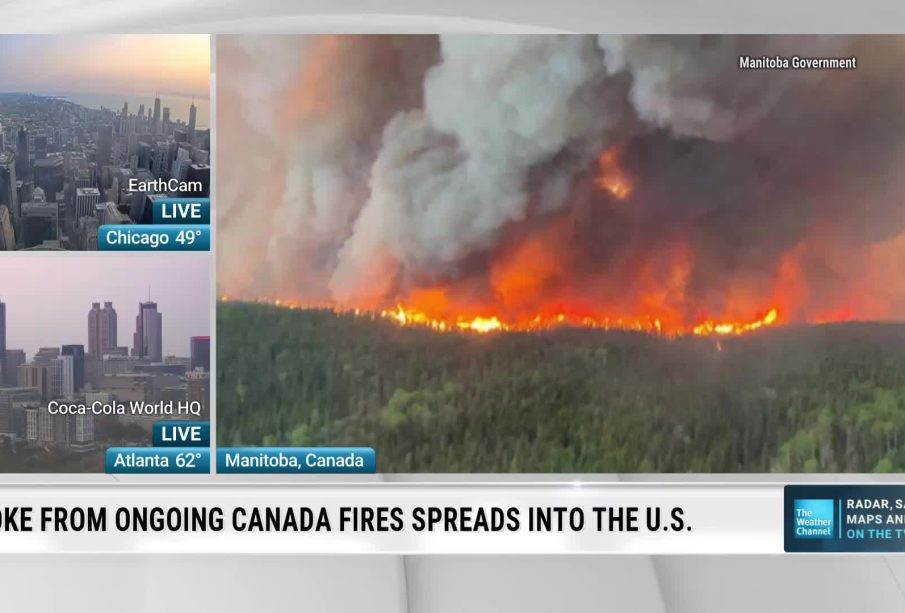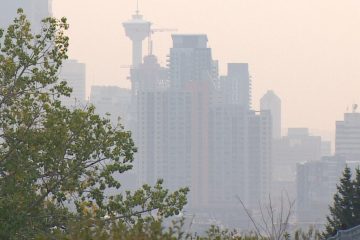Understanding the 2023 Canada Wildfires and Their Impact

The Importance of the 2023 Canada Wildfires
The Canada wildfires in 2023 have emerged as a significant environmental crisis, causing extensive damage to forests, wildlife habitats, and communities. As climate change continues to influence weather patterns, the frequency and intensity of wildfires have increased. This year, areas across Alberta, British Columbia, and the Northwest Territories have been particularly affected, drawing local and national attention to the urgent need for effective strategies to manage and mitigate wildfire risks.
Current Situation and Developments
As of October 2023, over 25,000 square kilometers of land have been scorched due to wildfires in Canada, marking one of the most catastrophic seasons in recent years. Thousands of homes have been evacuated, and emergency services are stretched thin as they combat the raging blazes. According to the Canadian Interagency Forest Fire Centre, the wildfires have resulted in the largest number of evacuations in Canadian history, highlighting the pressing nature of this natural disaster.
This year’s wildfires have been exacerbated by extreme heat waves and prolonged dry spells — conditions that have created a perfect storm for fire ignition and propagation. Firefighters and emergency responders from across the country have been deployed, with additional international aid from countries such as the United States, Australia, and New Zealand trying to contain and extinguish the flames.
Environmental and Community Impact
The ecological ramifications of the wildfires are extensive, threatening not only the flora and fauna within the affected areas but also contributing to significant air quality deterioration across large portions of Canada and the United States. Smoke from the wildfires has led to health warnings in several major urban centers, urging residents to limit outdoor activities. The socio-economic impact is deeply felt, as local businesses, particularly in the tourism and agriculture sectors, have suffered due to evacuation orders and property loss.
Looking Forward
As we progress further into the fall season, predictions remain grim, with experts forecasting an extended fire season linked to climate change. In response, government officials and environmental organizations are actively seeking solutions to bolster fire preparedness, improve land management practices, and develop better early warning systems. The 2023 wildfires serve as a critical wake-up call about the urgent need for action against climate change and the importance of balancing ecological resilience with community safety.
Ultimately, the Canada wildfires of 2023 highlight a vital intersection of environmental policy, community response, and climate change adaptation that will affect Canada for years to come.









